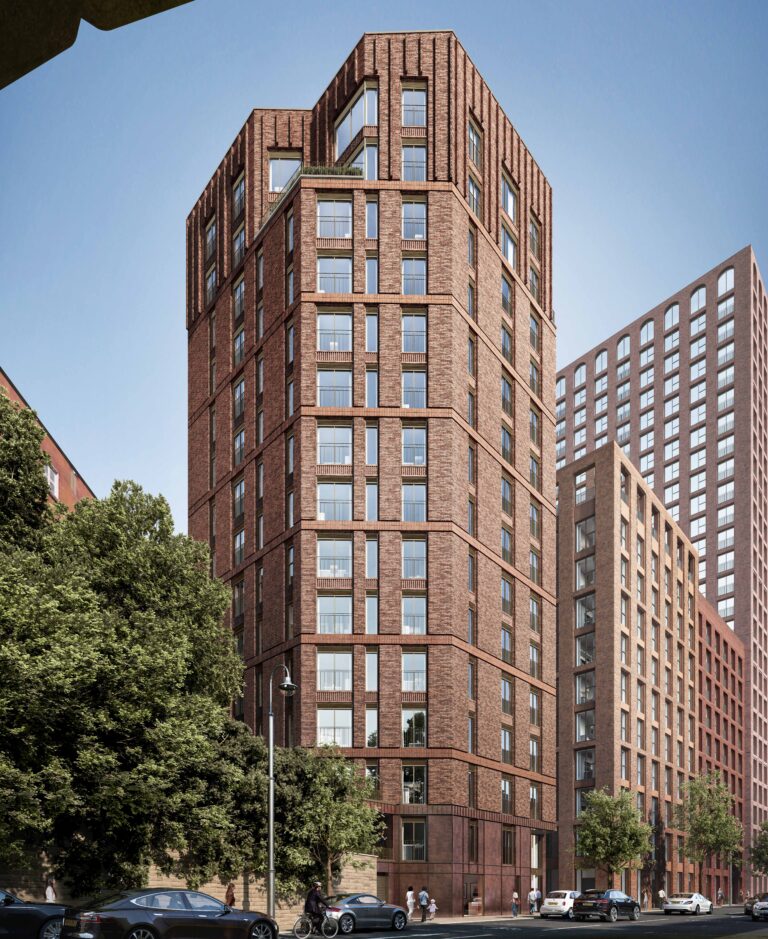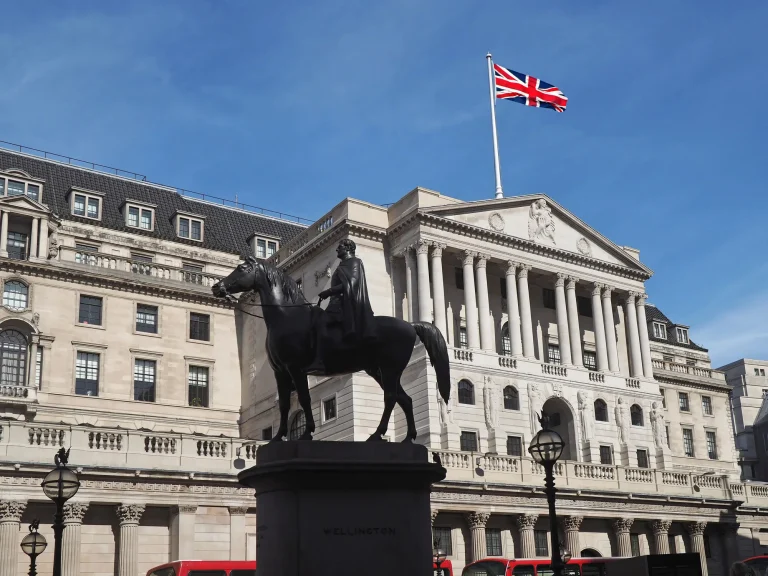The annual income of buy-to-let landlords in the UK has increased compared to last year, as property remains a target for long-term gains.
In 2025, almost two in five landlords (37%) said their pre-tax income was more than £100,000, according to a report by TDS Charitable Foundation, which is up from 20% who reported this income in the same report in 2024.
This takes into account earnings from other sources as well as property, but backs up other research that shows how buy-to-let profits have been on the rise, mainly down to an increase in average rental yields for the sector.
A huge majority of landlords surveyed in TDS’s study said that they viewed their buy-to-let property or properties as a long-term investment. Rental growth is the focal point for 59% of investors, while capital growth is the main goal for 41% of people.
Just over half (51%) of investors also view their property assets as a way of contributing towards their pension, while only 6% see property investment as a short-term strategy.
Property trumps other asset classes
The UK property market benefits from stable long-term patterns of growth, despite short-term peaks and troughs linked to wider economic circumstances. For this reason, owning bricks and mortar is seen as a more solid option than stocks, shares and savings accounts, with the potential to make a greater profit.
According to the survey, the top reasons that landlords first entered buy-to-let were listed as ‘to supplement income’ (47%) – indicating that most landlords operate their property investments on the side of their main job – and ‘preference to invest in property rather than other investments’ (42%).
However, around a fifth of those in the business somewhat fell into it – and these are known as accidental landlords. They may have inherited a property, or been unable to sell their home and instead opted to rent it out. Accidental landlords be just as successful as intentional ones, but this also depends on their approach to the business.
The report notes: “The approaches taken by those arriving in the sector ‘accidentally’ can evolve in different directions over time; some will undoubtedly remain relatively uninformed and amateur, whereas others will learn and become increasingly strategic and professional.”
Growing portfolios
There has been much rhetoric over recent years of buy-to-let investors rethinking their position in the market, and either offloading certain properties that no longer serve them as well, or shrinking their portfolios – or even exiting the sector completely.
Looking at what landlords have opted to do over the past 12 months, the research shows that 63% neither bought nor sold – which was a trend reflected in the wider housing market in 2024, with many opting for a ‘wait and see’ approach amid economic and political uncertainty.
Almost a quarter (23%) added to their property portfolios, outweighing the number of landlords who sold property over the past year (14%).
Landlords were also asked how many properties they had bought and/or sold during the timeframe, and the results showed that the average number of properties acquired (2.5) had slightly exceeded the average number sold (2.3).
Landlords’ future intentions
TDS’s survey reveals that in 2025, a similar proportion of landlords are looking to buy properties as are looking to sell – with both figures increasing compared with last year, showing that generally investors are taking action this year one way or the other.
Still, the highest portion of respondents (43%) said they would stick with their current portfolio when asked about their plans, down from 46% who planned to leave their portfolios unchanged last year.
More than a quarter (28%) said they were actively looking or considering to sell, while 25% said they were actively looking or considering to acquire more properties. This paints a more balanced picture than many had predicted for the sector.










